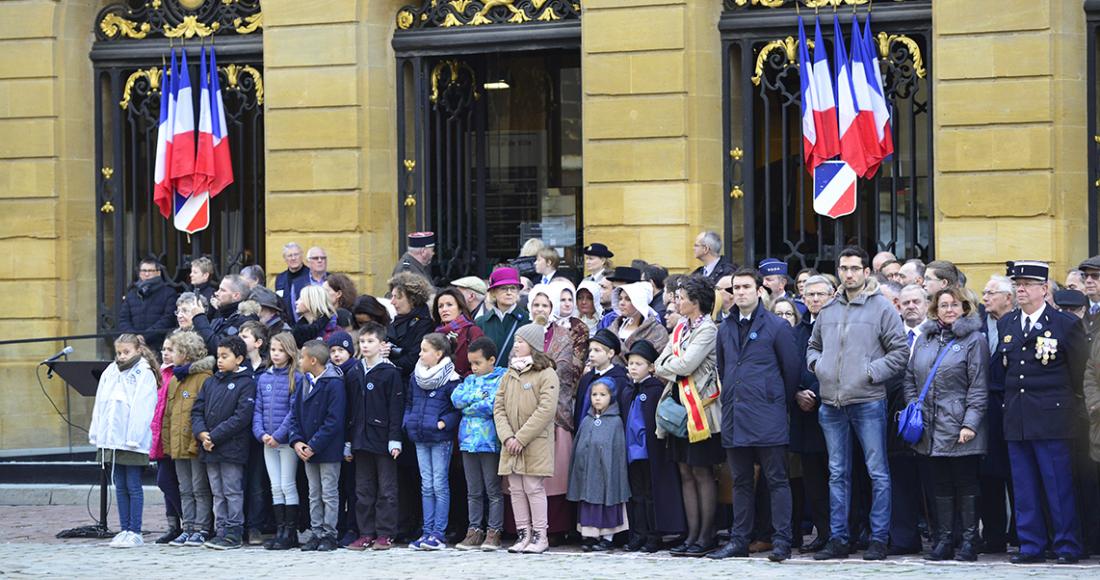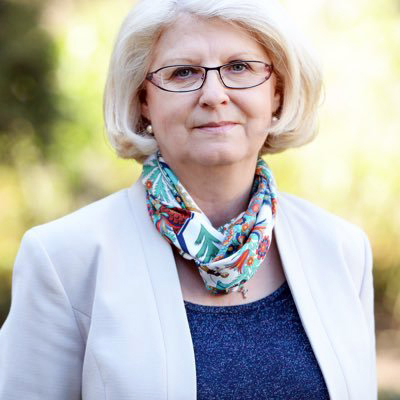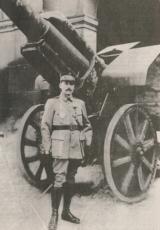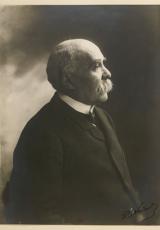The Centenary in Metz

During the First World War centenary, Christine Aguasca was municipal councillor for remembrance, defence and inter-religious relations for the Mayor of Metz. To mark this special commemorative cycle, this city in Moselle held a series of events that shed light on its own experience of the conflict and its remembrance dynamism.

Christine Aguasca. © Alain Said
How did the city of Metz’s historical singularity and remembrance heritage find expression in the centenary commemorations?
To begin with, it is worth recalling the historical context. Metz had been annexed during the Franco-Prussian War and, for the city’s inhabitants, the end of the Great War meant liberation and the return to France. In celebrating the centenary of the end of the First World War, we wanted to revive that spirit, with a tribute to the men who took part in it, like Clemenceau. To do so, we had the help of experts, such as historian Jean-Noël Jeanneney, former state secretary and chairman of the Musée Clemenceau foundation, who gave our programme’s opening lecture.
We also had to pay tribute to the soldiers who fought in it, by offering an insight into what life was like for them. The exhibitions “Nourrir au front” (Food at the front) and “Adrian” are good examples. The first was presented in partnership with the city’s municipal archive department, in the chapter house of the Cloître des Récollets. The second was produced and presented specially by the armed forces commission, on the day of the official opening of Promenade Louis Auguste Adrian, in honour of the son of Metz who spent most of his life improving the lives of soldiers with various inventions, including the famous helmet to which he gave his name.
Planting of a cedar of peace in Square Giraud, Metz, November 2018. Credit: Le Républicain Lorrain
The birth of jazz was not forgotten, with a concert held in memory of the celebrated jazz musician James Reese Europe, who fought in the US 369th Infantry Regiment of the French Army.
How was the work coordinated with the national organisers of the centenary commemorations?
As for all the official patriotic ceremonies, the city worked closely with the Ministry of the Armed Forces, the prefecture and the National Office for Veterans and Victims of War. So there were no issues with the organisation of military and patriotic ceremonies.
At the same time, we worked with a wide variety of partners to present conferences and exhibitions on the history of the First World War, in order to offer a rich programme, accessible to all. For instance, the departmental society of members of the Légion d’Honneur organised a symposium on all the towns of Moselle that were decorated with the Légion d’Honneur, to explain this distinctive characteristic.
How were the residents of Metz and the surrounding area involved in the local ceremonies?
Interestingly, the impact of these commemorations was most clearly seen among young people. The programme raised lots of issues about soldiers’ lives, which today’s young people did not know about. They were even keen to get involved in the commemorative events. For instance, a secondary-school class from Collège Barbot put on an exhibition about the First World War, which was awarded a prize by the Departmental Association of Members of the National Order of Merit. The students used drawings and models of trenches, shells, mortars, etc., made from card, plaster and other materials to represent the soldiers’ living conditions.
School pupils and re-enactors take part in the First World War Armistice centenary ceremony, on 11 November 2018, in Metz.
© Philippe Gisselbrecht/Ville de Metz
Did Metz gain a degree of national visibility and/or remembrance tourism as a result of its participation in the commemorations?
Yes, Metz gained national visibility. Our programme was labelled by the Mission du Centenaire, which meant that it was widely publicised. Its singularity was also highlighted by the Ministry of Culture, which was keen for it to be presented as an example at a national conference on public ceremonies, in Paris.
Our commemorative programme was also widely publicised by our German neighbours, and gave rise to a spontaneous initiative to underline the bonds of friendship that exist today between the French and German nations. A good example of this was the planting of a cedar of peace, organised in partnership between the city and the military governor of Metz, which was attended by French and German representatives and school pupils.
How does Metz now intend to keep up the momentum around remembrance which it has seen in recent years?
That momentum remains in the day-to-day support we give to patriotic organisations in order to promote their events. The city of Metz sends a representative to all the ceremonies to which it is invited, whether they are organised at metropolitan or even regional level. More often than not, we provide logistical support for events that are held in the commune.
We also make sure to maintain close links with the volunteers of those organisations, especially the flag-bearers, who come out in all weathers.
The First World War centenary came to an end just over a year ago, but the city of Metz carries on with its work on remembrance, putting together special, accessible programmes for the other commemorative anniversaries, such as the 75th anniversary of the city’s liberation. It facilitates the presentation of conferences at city hall, a central, accessible venue.
Finally, it contributes to the renovation of remembrance sites in its area.



